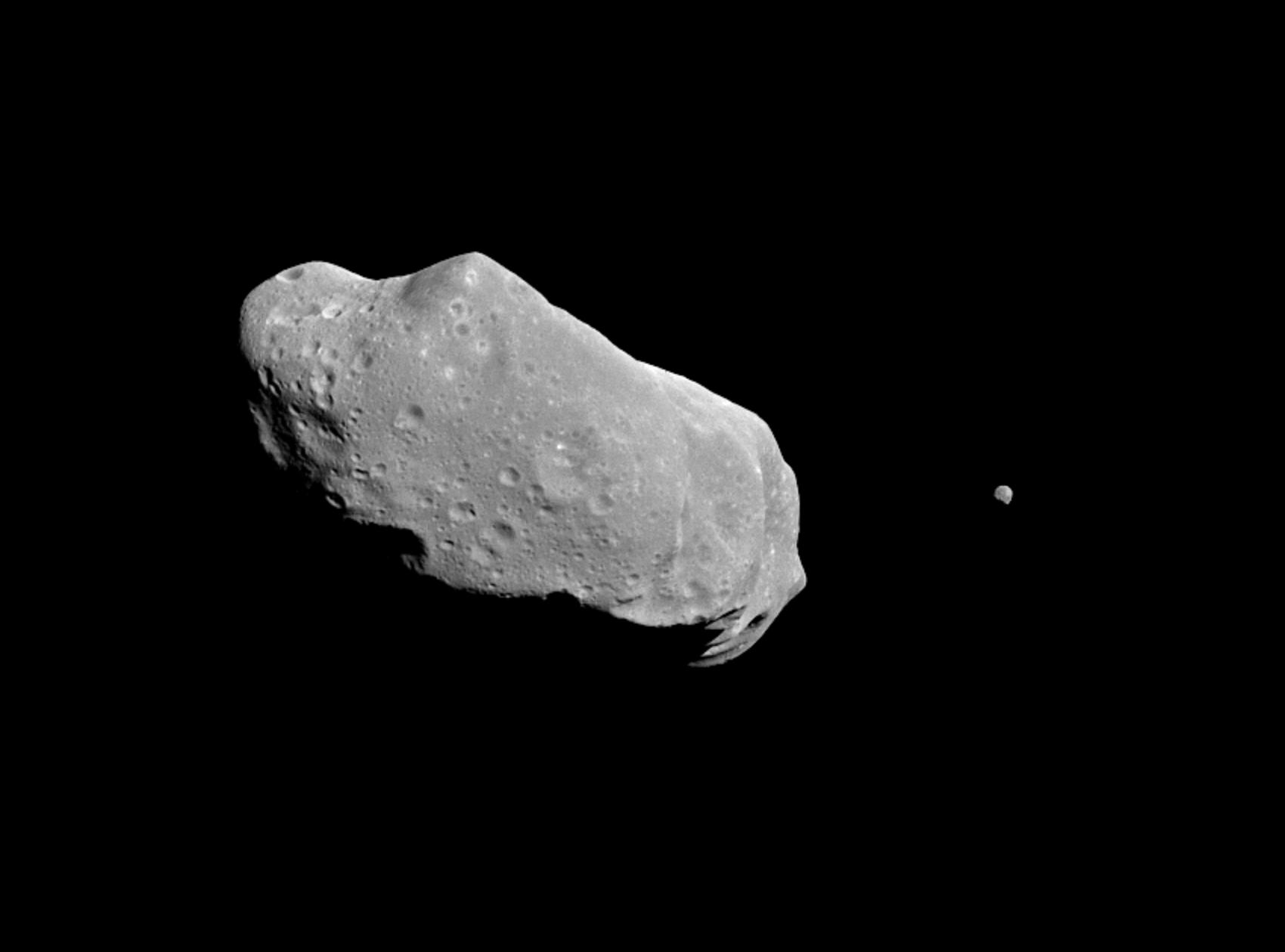Potentially Threatening Space Rock Rediscovered
 A recently discovered space rock that could one day threaten Earth turns out to be an object found seen more than four decades ago but lost in space ever since.
A recently discovered space rock that could one day threaten Earth turns out to be an object found seen more than four decades ago but lost in space ever since.
The object, thought to be a burned out comet that now resembles an asteroid, was catalogued as 2007 RR9 this year when found. When it was last seen, in 1960, it carried the designation 6344 P-L. It's considered a "potentially hazardous asteroid" because part of its orbit is near the path our planet takes around the sun.
2007 RR9 is one of 886 (not 887) known asteroids bigger than 500 feet (150 meters) that pass within 4.6 million miles (7.5 million kilometers) of Earth. Astronomers did not give an exact diameter for this one. The object poses no specific threat to the planet any time in the foreseeable future. Over time, however, the orbit of a space rock will shift and could cause it to hit the planet.
"The object was long recognized to be dangerous, but we didn't know where it was," said SETI Institute astronomer Peter Jenniskens. "Now it is no longer just out there."
2007 RR9 goes around the sun once every 4.7 years in an elongated orbit that carries it nearly to Jupiter. Technically, it is now called a Jupiter Family Comet.
"This is a now-dormant comet nucleus, a fragment of a bigger object that, after breaking up in the not-so-distant past," Jenniskens said.
The rock is too dim to be seen by the naked eye from Earth.










